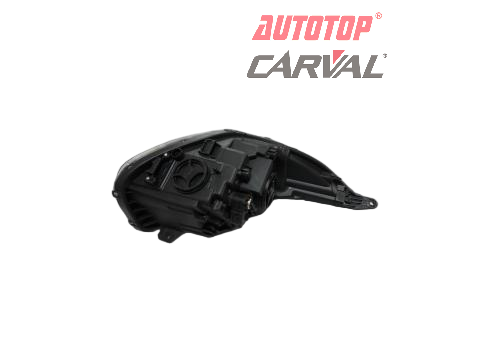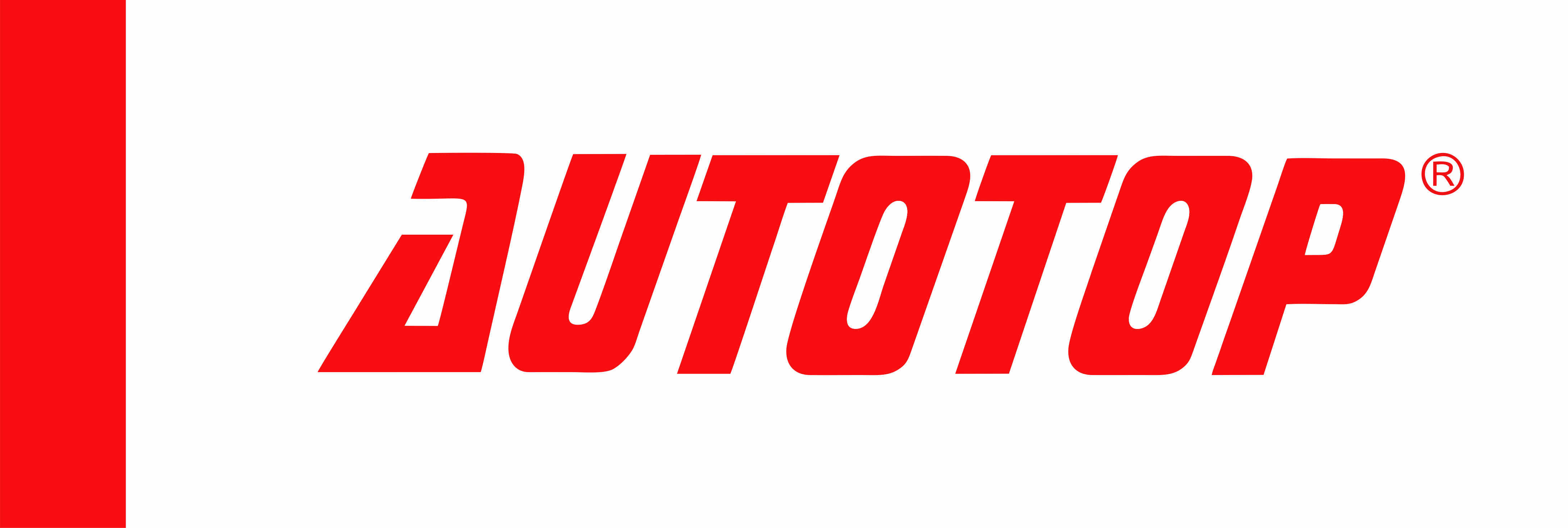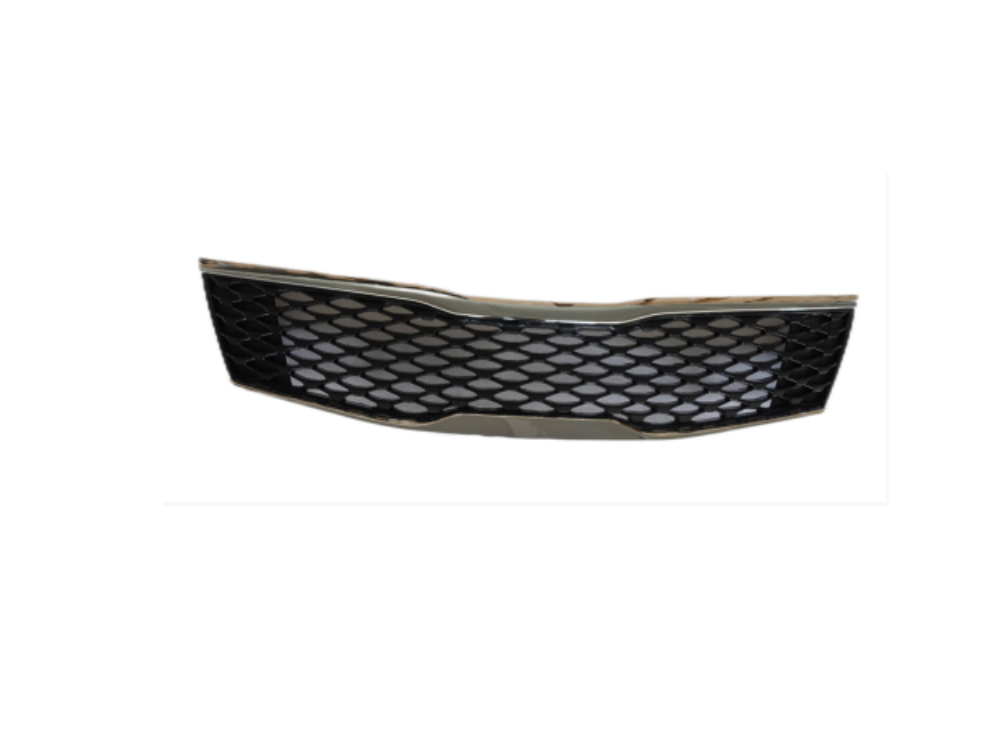Avtomobil GüZGÜLƏRi Dizaynının İnkişafını Anlamaq
Avtomobil yan güzgülərinin inkişafı avtomobil təhlükəsizliyi və dizaynındakı ən maraqlı inkişaf yollarından birini təmsil edir. Müasir avtomobillər hər biri müəyyən məqsədlər üçün nəzərdə tutulmuş, eyni zamanda avtomobilin ümumi estetikasına uyğunlaşdırılmış müxtəlif yan güzgülü konfiqurasiyaları nümayiş etdirir. Kiçik avtomobillərdən lüks внедорожникlara qədər avtomobillərdəki müxtəliflik  həm funksional tələbləri, həm də texnoloji inkişafı əks etdirir.
həm funksional tələbləri, həm də texnoloji inkişafı əks etdirir.
Müasir avtomobil dizaynerləri yan güzgülər sistemini inkişaf etdirərkən aerodinamika, görünüş sahəsi, təhlükəsizlik tələbləri və texnoloji inteqrasiya arasında balans yaratmalıdır. Bu vacib komponentlər sadəcə əks olunan səthlərdən kameranı, sensorları və avtomatik tənzimləmə mexanizmlərini daxil edə bilən mürəkkəb modullara çevrilib.
Avtomobil kateqoriyaları üzrə güzgülərin növləri
Yolçu avtomobillərinin yan güzgülərin konfiqurasiyaları
Yolçu avtomobilləri adətən gündəlik sürüş şəraitinə uyğunlaşdırılmış orta ölçülü yan güzgülərə malikdir. Sedanların güzgüləri tez-tez hava müqavimətini azaldarkən yaxşı görünüş sahəsini saxlayan incə, aerodinamik dizayna malikdir. Bir çox müasir yolçu avtomobillərində digər sürücülər üçün təhlükəsizliyi artırmaq üçün yan güzgülərə daxil edilmiş istiqamət göstəriciləri var.
Kompakt avtomobillər, adətən, ölçülərinin kiçikliyini tamamlayan daha kiçik və sadələşdirilmiş yan güzgürlərdən istifadə edirlər. Bu güzgülər tez-tez görüş sahəsini genişləndirmək üçün qabarıq səthdən istifadə edirlər və bu, onların kiçik ölçüsünü kompensasiya edərək təhlükəsizlik standartlarını saxlayır.
SUV və Kamaz Güzlüyünün Xüsusiyyətləri
Sport istifadə üçün nəzərdə tutulmuş avtomobillər və yük maşınları artıq ölçü və xüsusi istifadə hallarına uyğun olaraq daha böyük yan güzgülər tələb edir. Bu nəqliyyat vasitələri, daha geniş korpusdan və mümkün yükdən keçərək kifayət qədər görünüş təmin etmək üçün uzadılmış güzgülü qollarla təchiz olunur. Bir çox yük avtomobili modeli korlanma zonalarını azaltmaq üçün böyük düz hissədən normal baxış üçün və kiçik qabarıq hissədən ibarət olan bölünmüş güzgülü konstruksiyalardan istifadə edir.
Yük maşınları və ticarət avtomobilləri müxtəlif qoşqular üçün teleskopik imkanları olan xüsusilə möhkəm yan aynalardan istifadə edirlər. Bu ixtisaslaşmış aynalar tez-tez pis hava şəraitində buz və duman yığılmasını mane etmək üçün qızdırma elementlərini də daxil edir.
Ayna Sistemlərində Texnoloji Tərəqqi
Ağıllı Ayna Texnologiyaları
Müasir avtomobil yan aynaları funksionallığını artırmaq üçün tədricən inkişaf etmiş texnologiyaları daxil edir. Avtomatik parlaqlıq azaldılması arxa tərəfdən gələn avtomobillərin farlarının parlamasını azaldır, yaddaş parametrləri isə bir neçə sürücünü sürətlə öz üstünlük verdiyi ayna mövqelərini bərpa etməyə imkan verir. Bəzi lyuks avtomobillərdə sıx yerlərdə park edərkən aynaları avtomatik olaraq daxil edən elektrikli qatlama mexanizmləri var.
Avtomobil yan güzgüsinə inteqrasiya edilmiş körpə nöqtələrin aşkarlanması sistemləri qonşu hərəkət zolağında olan avtomobillər barədə sürücüləri xəbərdar etmək üçün LED göstəricilərdən istifadə edərək daha çox yayılmışdır. Bu ağıllı funksiyalar ənənəvi güzgülər dizaynından yol təhlükəsizliyinin yaxşılaşdırılmasında böyük inkişafı təmsil edir.
Kamera Əsaslı Güzgülü Sistemlər
Avtomobil yan güzgülərində son dərəcə inkişaf etmiş texnologiya ənənəvi güzgülərin yerinə keçməsi və ya onları tamamlaması üçün kamera əsaslı sistemlərdir. Bu rəqəmsal həllər müxtəlif işıqlandırma şəraitində artırılmış görünüş imkanı təqdim edir və körpə nöqtələri aradan qaldırmaq üçün avtomatik olaraq tənzimlənə bilir. Bəzi yüksək səviyyəli avtomobillər artıq aerodinamikası yaxşılaşdıran və külək səsidini azaldan, ənənəvi güzgülərin əvəzinə gələn nazik kamera korpuslarına malikdir.
Kamera inteqrasiyası park köməyi görüntüləri və idarəetmə girişinə əsasən tənzimlənən dinamik yönəldicilər kimi əlavə xüsusiyyətlərə imkan verir. Bu cür inkişaf etmiş sistemlər nəqliyyat vasitələrinin görünmə texnologiyasının gələcəyini təmsil edir, lakin mövcud qaydalar səbəbindən ənənəvi avtomobil yan güzgülləri əksər bazarlarda standart olaraq qalır.
Təhlükəsizlik və tənzimləmə məsələləri
Beynəlxalq Təhlükəsizlik Standartları
Avtomobil yan güzgüləri regiondan və nəqliyyat vasitəsinin sinifindən asılı olaraq dəyişən ciddi təhlükəsizlik tələblərinə cavab verməlidir. Bu standartlar minimum güzgünün ölçülərini, əks etdirici xüsusiyyətlərini və bərkidilmə spesifikasiyalarını müəyyənləşdirir. İstehsalçılar müxtəlif bazar üstünlüklərini və nəqliyyat vasitəsi tətbiqetmələrini nəzərə alarkən güzgünün dizaynının bu tələblərə uyğunluğunu təmin etməlidirlər.
Avtomobil yan güzgülərinin inkişafı davamlılığı, görünüş məsafəsini və müxtəlif ekoloji şəraitdə iş performansını yoxlamaq üçün geniş miqyaslı testləri nəzərdə tutur. Bu ciddi qiymətləndirmə prosesi güzgülərin nəqliyyat vasitəsinin həyat dövrü boyu öz əsas təhlükəsizlik funksiyalarını saxlamasını təmin edir.
Nəqliyyat Vasitəsinin Dizaynına Təsiri
Təhlükəsizlik tələbləri avtomobil yan güzgülərinin dizaynını və yerləşdirilməsini əhəmiyyətli dərəcədə təsir edir. Mühəndislər hava müqaviməti və səs yaranması kimi amilləri nəzərə alaraq, görünüş tələbləri ilə aerodinamik səmərəliliyi tarazlamaq məcburiyyətində qalırlar. Kör noktın izlənilməsi sistemləri kimi əlavə təhlükəsizlik xüsusiyyətlərinin inteqrasiyası güzgünün dizayn qərarlarını daha da təsir edir.
Müasir avtomobil yan güzgüləri tez-tez kiçik toqquşmalarda zədələnmənin qarşısını almaq və təsadüfə düşmə hallarında piyadaları qorumaq üçün ayırıcı mexanizmləri özündə birləşdirir. Bu təhlükəsizlik nəzərdə tutmaları fərqli funksiyaları kompakt korpusda birləşdirən getdikcə daha çox inkişaf etmiş güzgü qurğularına səbəb olmuşdur.
Texniki Xidmət və Əvəzetmə Nəzərdən Keçirmələri
Müntəzəm Təmir Tələbləri
Avtomobil yan güzgülərinin düzgün təmiri, optimal görünüş və təhlükəsizlik performansını təmin edir. Mütəmadi təmizləmə və yoxlama, funksionallığı pozulmadan əvvəl potensial problemləri müəyyən etməyə kömək edir. Sahiblər uzun səfərlərdən əvvəl və ya mövsüm dəyişikliyi zamanı xüsusilə tez-tez güzgünün tənzimlənməsini, qızdırma elementlərini və elektrik funksiyalarını yoxlamalıdırlar.
İnteqrasiya edilmiş elektronika və kameraya malik olan inkişaf etmiş güzgü sistemləri üçün peşəkar təmir tələb oluna bilər. Bu komponentlərin təmiri tez-tez xüsusi diaqnostika avadanlığı və ixtisaslaşmış bacarıqları tələb edir.
Əvəzetmə Seçimləri və Yeniləmələr
Əvəzetmə lazımlı olduqda, avtomobil sahibləri orijinal istehsalçı (OEM) güzgülər ilə ehtiyat hissə bazarının təklif etdiyi alternativlər arasında seçim edə bilərlər. OEM avtomobil yan güzgüləri mükəmməl uyğunluğu təmin edir və orijinal spesifikasiyaları saxlayır, lakin daha yüksək qiymətə malik ola bilər. Ehtiyat hissə bazarının təklif etdiyi variantlar qiymət baxımından daha sərfəli ola bilər və ya əlavə funksiyalar təklif edə bilər, lakin uyğunluq və keyfiyyətin təmin edilməsi üçün diqqətlə tədqiqat aparılmalıdır.
Bəzi avtomobil sahibləri isti elementlər, istiqamət göstəriciləri və ya kor halı monitorinq sistemləri kimi əlavə xüsusiyyətlərlə mövcud güzgü-lərini modernizasiya etməyi seçirlər. Bu dəyişikliklər avtomobilin elektrik sistemi ilə uyğun olaraq düzgün quraşdırıldığı təqdirdə, avtomobilin təhlükəsizliyini və rahatlığını artırmağa kömək edə bilər.
TEZ TEZ VERİLƏN SORĞULAR
İsti yan güzgü-lər necə işləyir?
İsti yan avtomobil güzgü-ləri güzgünün şüşəsi və ya korpusu daxilində yerləşdirilmiş elektrik istilik elementlərindən istifadə edir. Aktivləşdirildikdə bu elementlər güzgünün səthini qar, duman və kondensasiyanı qarşısını almaq və ya aradan qaldırmaq üçün istidir, bu da pis hava şəraitində aydın görünüşü təmin edir. Isıtma funksiyası adətən arxa pəncərənin buxarlanma sistemi ilə birlikdə işləyir.
Əsas güzgü-lərimi elektriklə tənzimlənən güzgü-lərlə əvəz edə bilərəmmi?
Dəyişdirmə əyani güzgüdən elektrikli tənzimlənən avtomobil yan güzgülərinə keçmək texniki cəhətdən mümkün olsa da, bu dəyişiklik əhəmiyyətli elektrik işlərini tələb edir və sərfəli olmaya bilər. Quraşdırma prosesi yeni naqillərin çəkilməsini, idarəetmə düymələrinin əlavə edilməsini və nəqliyyat vasitəsinin elektrik sistemi ilə uyğunluğunun təmin edilməsini əhatə edir. Belə yeniləmələr üçün peşəkar quraşdırma tövsiyə olunur.
Avtomatik karavana güzgülərin xətası nə səbəbindən yaranır?
Avtomatik karavana avtomobil yan güzgüləri elektrik nasazlıqları, sensorların arızalanması və ya güzgüdəki elektroxromik jel təbəqəsinin zədələnməsi səbəbiylə xətalı işləyə bilər. Tez-tez rast gəlinən səbəblərə ekstremal temperaturlara məruz qalma, fiziki təsir və ya elektrik sisteminin problemi aiddir. Avtomatik karavana funksiyası düzgün işləmədiyi zaman peşəkar diaqnostika aparılması tövsiyə olunur.


